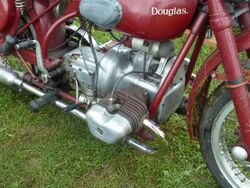| Display title | Engineering:Flat-twin engine |
| Default sort key | Flat-twin engine |
| Page length (in bytes) | 32,924 |
| Namespace ID | 3034 |
| Namespace | Engineering |
| Page ID | 450042 |
| Page content language | en - English |
| Page content model | wikitext |
| Indexing by robots | Allowed |
| Number of redirects to this page | 0 |
| Counted as a content page | Yes |
| Page image |  |
| HandWiki item ID | None |
| Edit | Allow all users (infinite) |
| Move | Allow all users (infinite) |
| Page creator | imported>Scavis2 |
| Date of page creation | 18:15, 4 February 2024 |
| Latest editor | imported>Scavis2 |
| Date of latest edit | 18:15, 4 February 2024 |
| Total number of edits | 1 |
| Recent number of edits (within past 90 days) | 0 |
| Recent number of distinct authors | 0 |
Description | Content |
Article description: (description)
This attribute controls the content of the description and og:description elements. | A flat-twin engine is a two-cylinder internal combustion engine with the cylinders on opposite sides of the crankshaft. The most common type of flat-twin engine is the boxer-twin engine, where both pistons move inwards and outwards at the same time.
The flat-twin design was patented by Karl Benz in 1896... |

